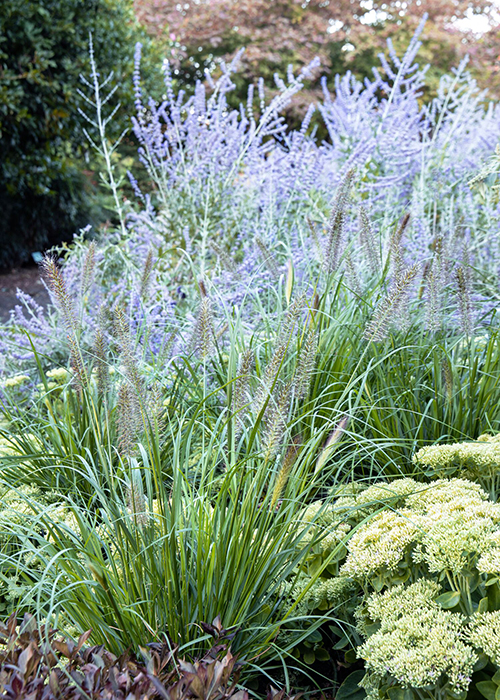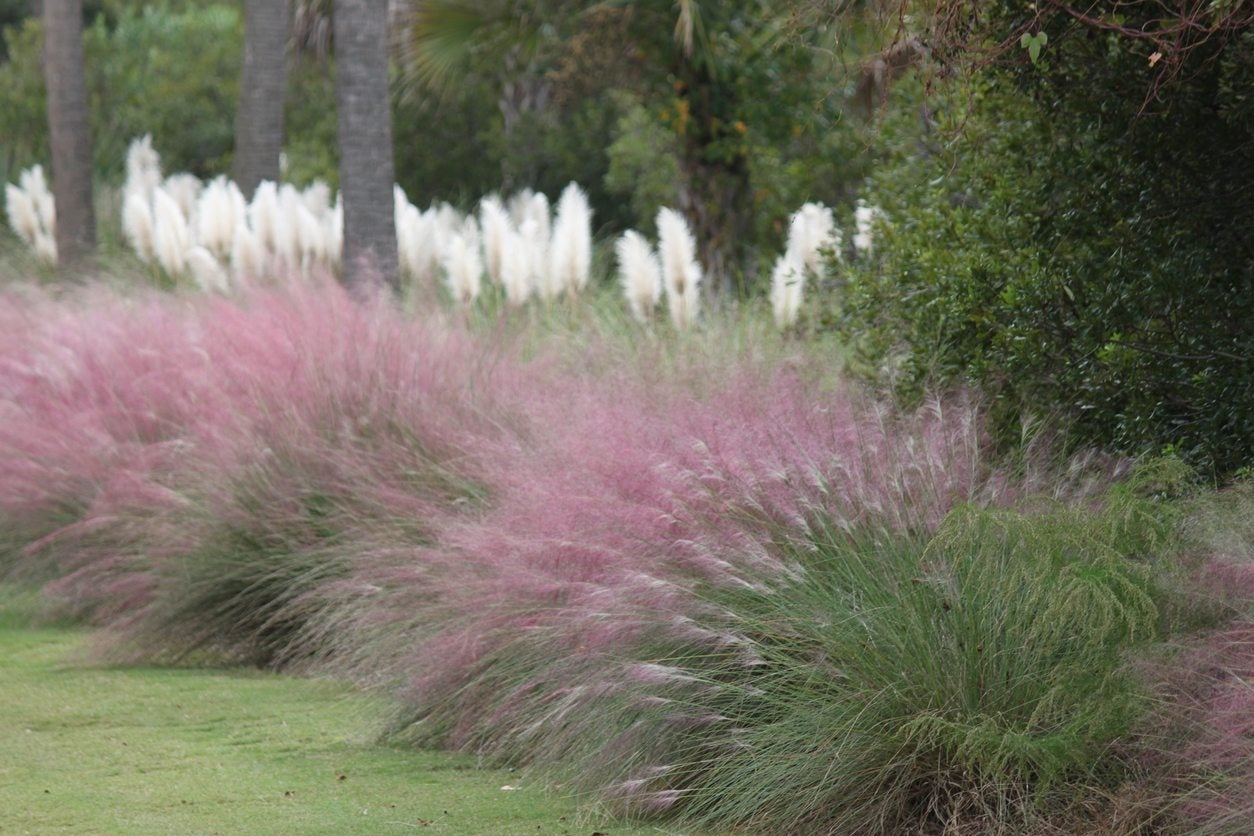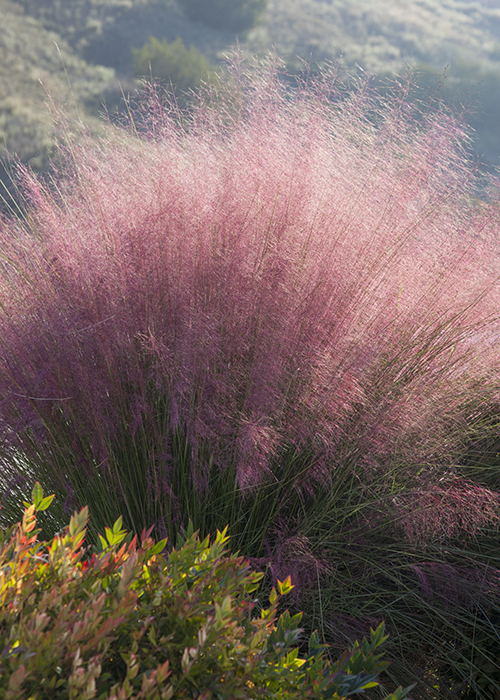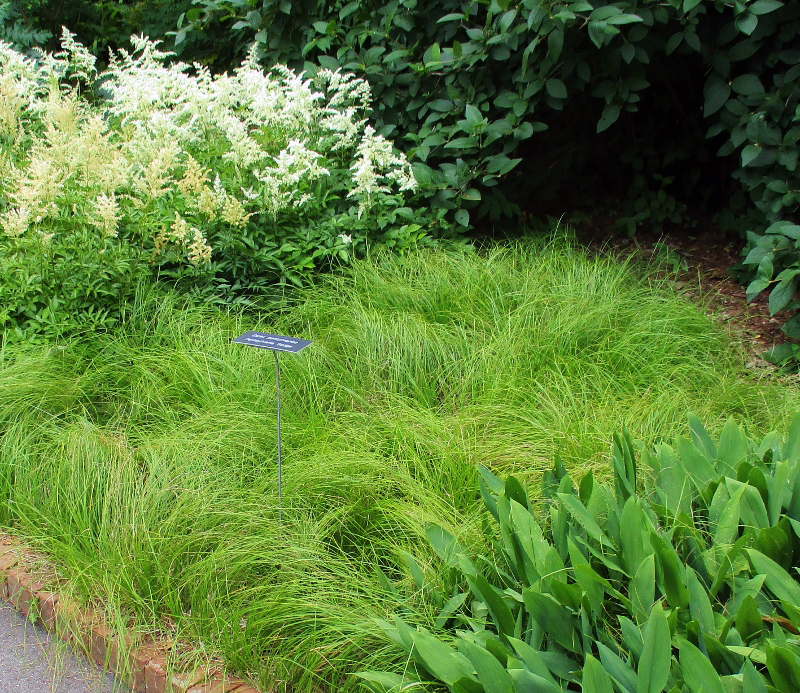Welcome, fellow gardening enthusiasts! If you’ve ever wandered through a shaded area of your garden and felt it lacked life, you’re not alone. Decorative grasses can transform those dim spots into vibrant showcases of color and texture. Having spent years experimenting with various plants, I’m here to share my insights on decorative grasses that thrive in shade. This guide will provide everything you need to know, from the best types to care tips, ensuring your garden flourishes even in the shadiest corners.
Understanding the Importance of Shade-Tolerant Grasses
Before diving into specific types of decorative grasses, it’s essential to understand why they are crucial for shady gardens. Many homeowners mistakenly believe that shade restricts plant growth, but that isn’t always the case. Shade-tolerant grasses can:
- Add depth and dimension to your landscape.
- Provide year-round interest with their unique textures and colors.
- Serve as attractive ground cover, reducing weeds and erosion.
Types of Decorative Grasses for Shady Areas

Here are some of my favorite decorative grasses that thrive in the shade, along with their key characteristics and benefits.
1. Japanese Forest Grass (Hakonechloa macra)

This is one of my go-to choices for shady areas. The soft, arching foliage of Japanese forest grass creates an elegant look in any garden.
Key Features:
- Height: 12-24 inches
- Spread: Up to 30 inches
- Color: Bright green to golden yellow in the fall

Benefits:
- Deciduous grass that provides excellent texture.
- Is resistant to deer and rabbits.
2. Blue Fescue (Festuca glauca)

Despite its preference for some sun, I have found that blue fescue can tolerate partial shade and still maintain its beautiful blue-green color.
Key Features:
- Height: 10-12 inches
- Spread: 12-18 inches
- Color: Steel blue foliage

Benefits:
- Low maintenance and drought-tolerant.
- Forms a neat, tidy clump that looks great in borders.
3. Northern Sea Oats (Chasmanthium latifolium)

This grass has a lovely, bushy appearance and is particularly striking when its oat-like seed heads emerge.
Key Features:
- Height: 2-4 feet
- Spread: 2 feet
- Color: Green leaves that turn a golden hue in late summer.
Benefits:
- Attracts birds and provides vital habitat.
- Is tolerant of various soil types.
4. Sedge (Carex spp.)
This group of grasses is an excellent choice for shady areas due to its diverse species and adaptability.
Key Features:
- Height: Varies widely (6-30 inches)
- Spread: Varies widely based on species
- Color: Ranges from green to bronze, with variegated options available.
Benefits:
- Offers unique foliage textures and colors.
- Is excellent for erosion control.
5. Liriope (Liriope muscari)
This perennial grass resembles a tuft of green leaves and produces lovely purple flower spikes in late summer.
Key Features:
- Height: 12-18 inches
- Spread: 12-24 inches
- Color: Dark green foliage with purple flowers.
Benefits:
- Resistant to pests and diseases.
- Great as a ground cover plant.
Comparative Table of Shade-Tolerant Grasses
| Grass Type | Height | Spread | Color | Benefits |
|---|---|---|---|---|
| Japanese Forest Grass | 12-24 inches | Up to 30 inches | Green to golden yellow | Soft texture, deer resistant |
| Blue Fescue | 10-12 inches | 12-18 inches | Steel blue | Low maintenance, drought tolerant |
| Northern Sea Oats | 2-4 feet | 2 feet | Green to golden | Attracts birds, tolerant of soils |
| Sedge | 6-30 inches | Varies | Green to bronze | Unique textures, erosion control |
| Liriope | 12-18 inches | 12-24 inches | Dark green with purple | Ground cover, pest resistant |
Pros and Cons of Using Decorative Grasses in Shade
Pros
- Enhances the beauty of shaded areas.
- Provides texture and movement to static gardens.
- Low maintenance for many species.
- Attracts wildlife, enhancing biodiversity.
Cons
- Some grasses may become invasive.
- Not all grasses thrive equally in deep shade.
- Requires proper selection based on soil conditions.
Design Ideas for Incorporating Grasses in Your Garden
When planting decorative grasses in shady areas, consider how to use them to enhance your garden design. Here are a few ideas:
1. Create Textured Layers
Combine different types of grasses for varied heights and textures. For example, pair tall northern sea oats with shorter blue fescues for an eye-catching layered look.
2. Use as Border Plants
Plant grasses along pathways or garden borders to delineate spaces. Liriope works particularly well in this role.
3. Incorporate with Flowering Plants
Add seasonal flowering plants, such as hostas or astilbes, for a burst of color alongside your grasses.
4. Container Planting
Don’t forget about container gardening! Many shade-tolerant grasses, like sedge, perform beautifully in pots, adding height and interest to patios or porches.
Care Tips for Shade-Tolerant Grasses
1. Soil Conditions
Ensure that the soil is well-draining and rich in organic matter. This can help prevent root rot, especially in shaded areas where moisture retention is higher.
2. Watering
While many decorative grasses are drought-tolerant once established, new plants require regular watering until they establish a strong root system.
3. Fertilization
Most shade-tolerant grasses do not require heavy fertilization. A light application of balanced fertilizer in spring can boost growth and vitality.
4. Pruning and Maintenance
Early spring is an ideal time for pruning back any dead foliage to allow new growth to shine through. Regularly check for pests and diseases, though many shade grasses are relatively pest-resistant.
Frequently Asked Questions
1. What grasses grow well in full shade?
Some grasses that prefer full shade are Japanese forest grass, certain sedges, and Liriope. They thrive in low-light conditions while adding beauty to your garden.
2. How much sun do shade grasses need?
Shade grasses typically require less than 4 hours of direct sunlight per day. Many prefer dappled light or filtered sunlight for optimal growth.
3. Can shade grasses survive in wet soil?
While some grasses can tolerate wet soil, others may struggle. It’s vital to choose species that are suited to your soil conditions. Northern sea oats and certain sedges are more tolerant of moisture.
4. How do I choose the right grass for my shaded garden?
Consider factors such as height, spread, color, and soil conditions when selecting grass types. It’s always helpful to research specific needs and consult local gardening experts.
5. Are shade-tolerant grasses drought-resistant?
Many shade-tolerant grasses have some level of drought resistance once established. However, they require regular watering during their initial growth period.
Conclusion
Incorporating decorative grasses into your shaded garden can bring a new dimension of beauty and tranquility. With a variety of grass types available, you can create stunning landscapes that thrive even in low-light conditions. Remember to assess your garden’s unique environment and select the right species to enjoy a flourishing garden all year long.
As always, share your experiences and let me know which grasses have thrived in your gardens! Happy planting!